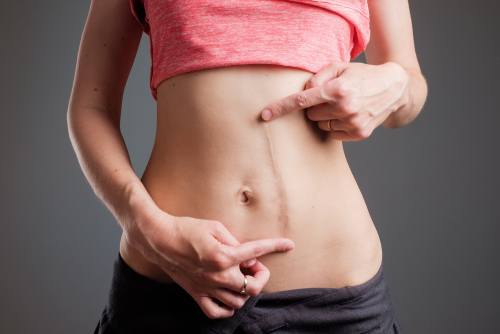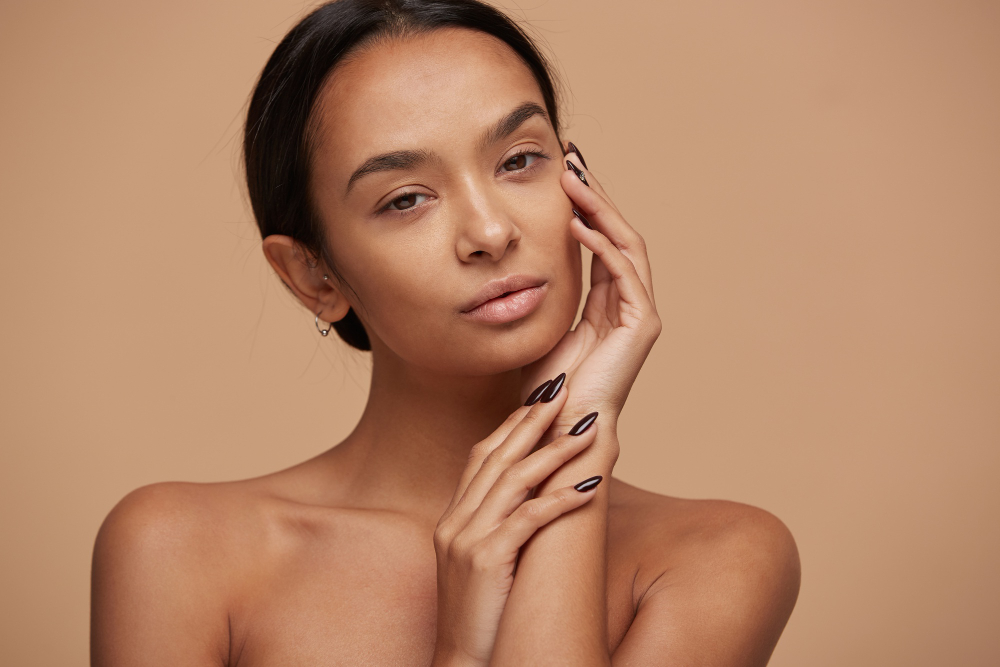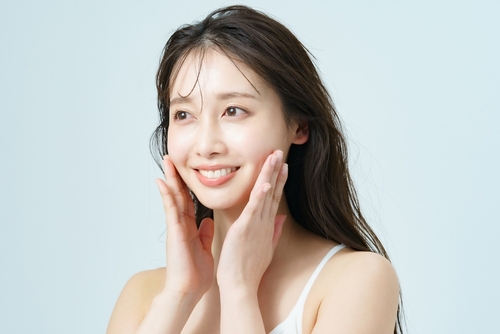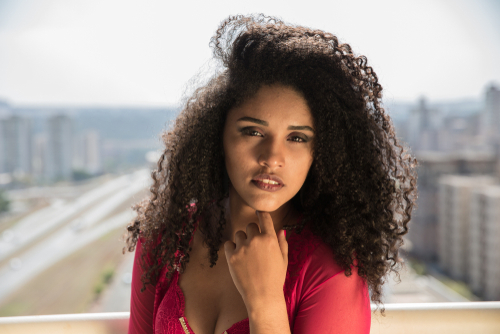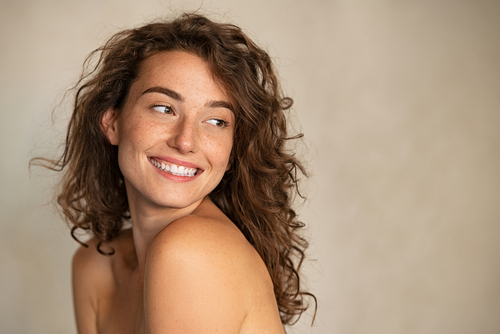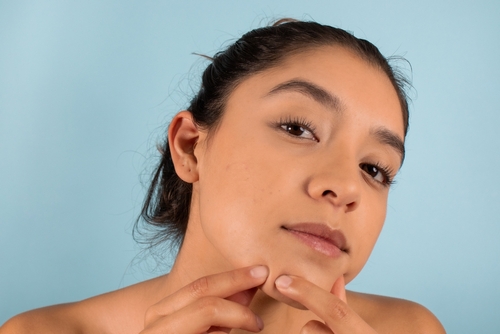There are numerous treatments available to enhance the looks, but PRP treatment has come up to be the most effective with minimal side effects. The PRP treatment is used to treat various issues like hair restoration, skin rejuvenation, and medical conditions like joint pains, etc. Whatever your reason to opt for PRP, you must be aware of the side effects. Although it uses the patient’s own blood to make the platelet-rich plasma, which makes it considerably safer, there are still a few side effects, which are the natural response of the body towards the foreign injection.
In this blog, we will explore various side effects that could happen after the PRP treatment. Let’s learn!
What Is A PRP Treatment?
PRP treatment involves drawing out a small amount of the patient’s blood, and after centrifugation, the plasma is separated from the blood. The platelet-rich plasma is then inserted into the area for treatment with the help of a fine needle. For hair treatment, PRP is an effective solution. When the needle is injected into the scalp, it promotes growth factors, encouraging the hair follicles to enter the growth phase. It results in stronger and denser hair.
Common Side Effects of PRP Treatment
PRP treatment uses needles, and thus it has side effects that could be basic reactions of the body, such as:
1. Pain and Discomfort
You can feel some level of pain and discomfort at the injection site. As the injection site could be more than one on the scalp, you can feel the discomfort all over the scalp. These side effects will fade away in some time.
2. Swelling and Bruising
Whenever even a tiny needle enters the body, it results in mild swelling. The effect of swelling at the injection site will disappear after a few hours of treatment. Bruising can happen around the injection site area, which also resolves on its own after a few days. However, applying a cold compress is a good solution to deal with the swelling and bruising. To follow aftercare instructions is always advisable.
3. Itching and Tingling Sensation
After the PRP treatment, many patients have reported itching and tingling sensations as a healing process of the scalp after the PRP injections. This sensation is very mild and can fade away in a few days.
4. Headache
All these side effects, like pain, itching, and discomfort, can lead to short-lived headaches. You can treat the headache by taking a prescribed painkiller.Mild massage on the scalp can help with good blood circulation and make the itching and other side effects go away faster.
There are other side effects that could be a bit complicated to handle and need to be addressed immediately by your doctor, such as:
5. Infections
Infections are extremely rare in the case of PRP, as the needle can make the injection site to expose it to bacteria. Make sure to keep the needle sterile and get the procedure done only by a certified provider.
6. Allergic Reactions
People allergic to anesthesia may get some sort of allergy, like redness on the face or neck. If you experience anything like this, you must immediately consult your doctor.
7. Scar Tissue Formation
Some patients might get scars at the injection site. This is a rare occurrence as the PRP treatment does not require incision, thus scar formation is quite rare in this case.
Final Thought
PRP treatment is known for its effective results not only in cosmetic procedures but also in treating medical conditions. When using PRP for hair treatment, be prepared to deal with some mild side effects like redness, swelling, itching, and bruising on the injection site. While there could be some rare side effects too, like allergic reactions and infections, you can save yourself from these by choosing a certified and experienced provider. Consult your doctor and fully describe your medical history to avoid complications post-treatment.

